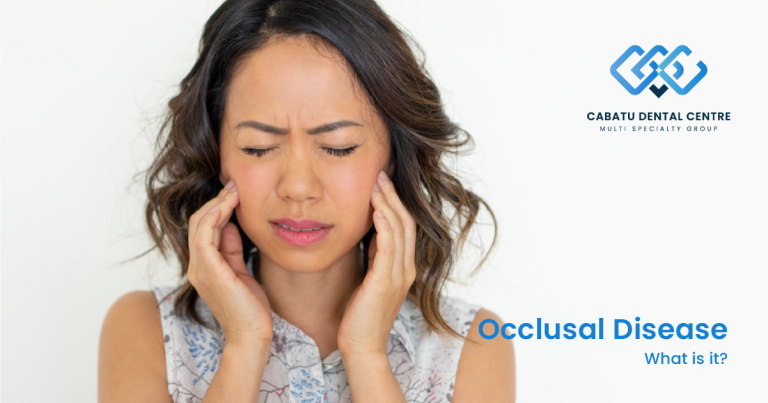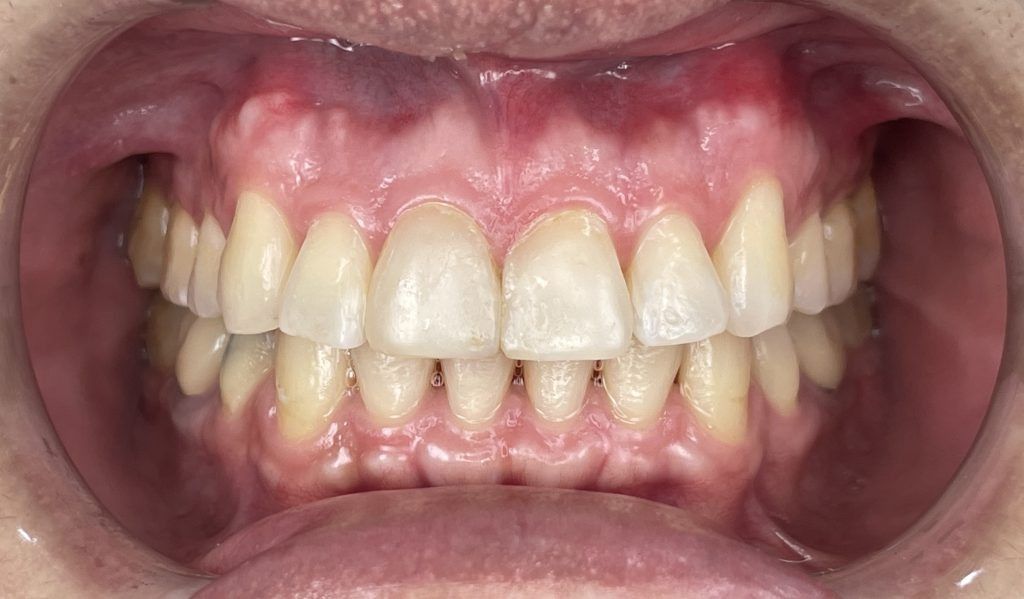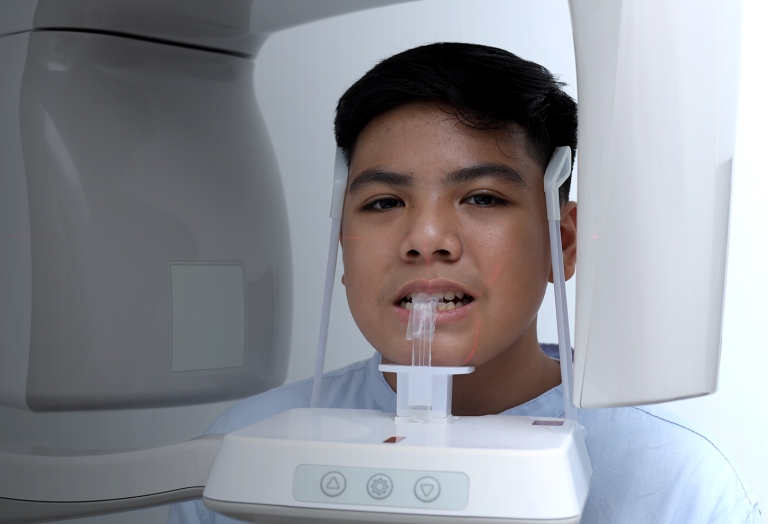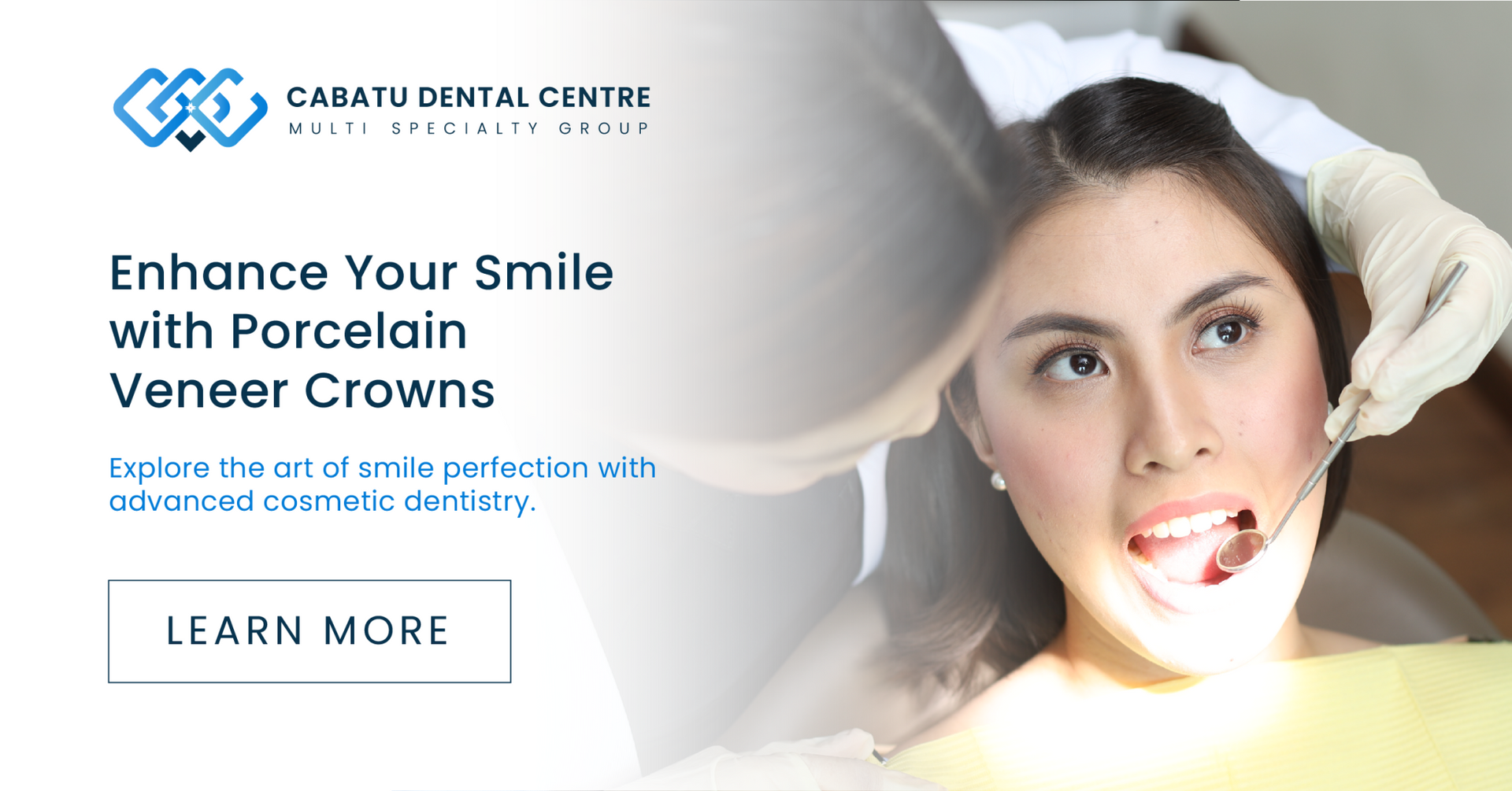
Occlusal disease, also known as malocclusion or a "bad bite," refers to misalignment or incorrect positioning of the teeth when the jaws are closed.
This condition can lead to various dental issues and negatively impact oral health. In this article, we will explore the causes, symptoms, diagnosis, and treatment options for occlusal disease. Causes:
- Genetics: Genetic factors play a significant role in the development of occlusal disease. If a person has a family history of malocclusion, they may be more prone to experiencing it themselves.
- Childhood Habits: Habits such as thumb-sucking, prolonged use of pacifiers, or tongue thrusting can contribute to the development of malocclusion, especially in children.
- Poor Oral Habits: Irregularities in oral hygiene practices, such as not brushing and flossing regularly, can contribute to the development of occlusal disease.
- Jaw and Tooth Development Issues: Abnormalities in the development of the jaw or teeth can result in misalignment, contributing to malocclusion.
- Tooth Loss: The loss of one or more teeth can lead to a shift in the alignment of the remaining teeth, causing occlusal issues.
Symptoms:
- Pain and Discomfort: Patients with occlusal disease may experience pain and discomfort in the jaw, neck, and even headaches due to the strain on the muscles and joints.
- Difficulty Chewing and Speaking: Malocclusion can affect the proper functioning of the teeth, leading to difficulty in chewing food and, in some cases, speech problems.
- Tooth Wear and Damage: Uneven pressure on teeth can result in premature wear, chipping, or fracturing of teeth.
- Gum Issues: Misalignment can contribute to gum problems, such as recession or inflammation, as it may be more challenging to clean between misaligned teeth.
Diagnosis:
- Clinical Examination: Dentists perform a thorough clinical examination to assess the alignment of the teeth, jaw relationships, and bite patterns.
- X-rays and Imaging: Radiographic images, such as X-rays or 3D imaging, can provide detailed information about the structure and alignment of the teeth and jaws.
- Dental Impressions: Taking impressions of the teeth helps create models that allow dentists to analyze the bite and plan appropriate treatment.
- Computerized Bite Analysis: Advanced technologies, like computerized bite analysis systems, can provide precise measurements of the forces exerted on the teeth during various jaw movements.



Treatment:
- Orthodontic Treatment: Braces or clear aligners can be used to gradually move teeth into the correct position, addressing malocclusion.
- Tooth Reshaping: In some cases, selective reshaping of the teeth may be performed to create a more even bite.
- Dental Restorations: Crowns, bridges, or dental implants can be used to restore missing teeth and maintain proper alignment.
- Surgical Interventions: In severe cases, surgical procedures may be recommended to correct jaw misalignments.
- Behavioral and Habit Modification: Children with malocclusion related to habits like thumb-sucking may benefit from behavior modification techniques.
Occlusal disease is a common dental condition that, if left untreated, can lead to various oral health issues. Early diagnosis and appropriate treatment are crucial to preventing further complications and ensuring a healthy bite. Regular dental check-ups and addressing any concerns promptly can contribute to maintaining optimal oral health and overall well-being. If you suspect you have occlusal issues, consult with a dental professional for a comprehensive evaluation and personalized treatment plan.
Sharing is Caring!
Share this article to your family and friends. They’ll thank you for it!
Tags:
We have dental offices in Centuria Medical Makati and in The Capital Towers, Quezon City.
Experience Cabatu Dental Centre.
Share this article

Dr. Grace Cabatu
Mary Grace H. Cabatu, DMD is a multi-specialty dentist, specializing in General Dentistry, Orthodontics, Sleep Apnea & TMJ Therapy.
About CDC
Welcome to our modern and caring multi-specialty dental centre, where we prioritize your oral health and provide a comfortable experience for every patient.
Recent Posts
Videos
Book An Appointment
Contact Us
We will get back to you as soon as possible.
Please try again later.






